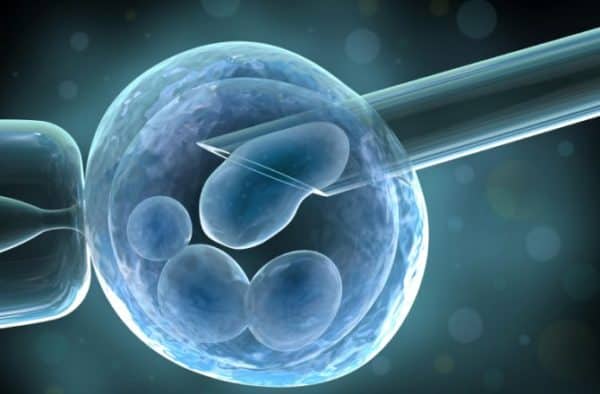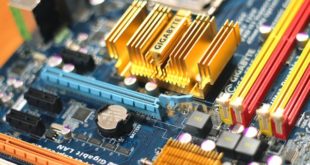It’s apparent from even a cursory scan of the trade journals or the science pages of a newspaper that we are living through a golden age for medical technology. Advances are coming through thick and fast, with breakthroughs around the corner that could have a decisive impact on global health and life expectancy. Of course there will be challenges to come, not least the cost of funding essential research, but there are technological changes happening today that already promise a medical future that would once have seemed the sole preserve of science fiction.
Stem cell research
There’s a lot of excitement in the medical science community at the moment around stem cell research, and for good reason. If human stem cells can be grown in the laboratory – and they can – then they can potentially be used for anything from regenerating damaged body tissue to providing a cure for blindness. Over in the UK, the University of Sheffield, University College London and Moorfields Eye Hospital are collaborating on the London Project to Cure Blindness. This involves growing retinal pigment epithelium from stem cells. Damage to these protective, light-absorbing cells can be one cause of blindness, so if they can be replaced by lab-grown ones this could be a major step forward in treating cases that were previously considered inoperable.
Dental stem cells can be easily and painlessly sampled from children and stored to provide a perfect match in case those children need them as they grow into adulthood and beyond. Because stem cells are not yet committed to specialization, they can function as multi-purpose spare part generators. This means that one day everyone could have their own bespoke back-up program for replacing lost cells, repairing damaged tissue or even replacing entire organs and body parts.
Reproducing brain signals
The combination of advanced prosthetics with EEG scanning could lead to artificial limbs that are as responsive to signals from the brain as the real thing. Sophisticated computer algorithms can decode the signals our brain transmits when we think about walking, for instance. These can then be transformed into electrical pulses that are transmitted to the leg muscles that, for whatever reason – perhaps due to spinal injury – are not able to receive the brain’s messages . A rudimentary system has already been developed at the University of California in Irvine, and this technology could be used to control artificial or robotic limbs.
Think small
Nanotechnology is another area that is exciting scientists the world over. Nanomedicine can allow doctors to interact with the body on a molecular level, sending in targeted drug delivery teams that transport, defend and assist the medicine in getting to the right place at the right time. Programmed ‘nanobots’ could also be used to repair damaged cells or even assemble replacements within the bloodstream.
These are just the tip of the technological iceberg that is current medical research. Procedures that today would be classed as miracles may be standard practice within twenty or fifty years; other major transformations are literally just around the corner. Thanks to modern medical technology, our quality of life and life expectancy may soon be improved immeasurably.
 Gearfuse Technology, Science, Culture & More
Gearfuse Technology, Science, Culture & More



